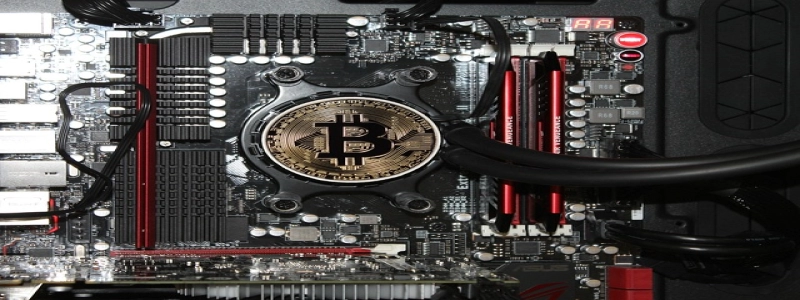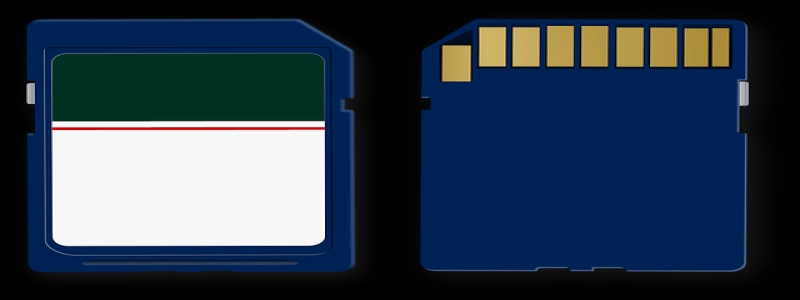Can You Daisy Chain Ethernet Switches?
Johdanto
Daisy chaining is a networking term that refers to the practice of connecting multiple devices in a sequential chain. Ethernet switches, commonly used in networking setups, are devices that allow multiple computers or devices to connect to a local area network (LAN) or wider area network (WAN) through wired connections. A common question among network administrators is whether it is possible to daisy chain Ethernet switches. Tässä artikkelissa, we will explore the concept of daisy chaining Ethernet switches and discuss its feasibility and potential benefits or drawbacks.
minä. What Is Daisy Chaining?
Daisy chaining, in the context of network devices, involves connecting multiple devices one after another in a linear fashion. Instead of each device connecting directly to a central hub or switch, they are connected in a series. For Ethernet switches, this means connecting one switch to another using Ethernet cables.
II. Traditional Ethernet Switch Setup
In a traditional Ethernet switch setup, each device connects directly to a central switch. This central switch acts as a hub, allowing communication between connected devices. This architecture ensures efficient and direct communication between devices, with minimal latency.
III. Feasibility of Daisy Chaining Ethernet Switches
Daisy chaining Ethernet switches is technically possible and can be a practical solution in certain scenarios. It allows expansion of the network without the need for additional central switches. kuitenkin, there are several factors to consider before implementing a daisy chain setup.
IV. Benefits of Daisy Chaining
1. Cost-effectiveness: Daisy chaining eliminates the need for additional central switches, reducing overall costs.
2. Easy scalability: Adding more devices to the network is simplified, as new switches can be added at any point in the chain.
3. Reduction in cabling requirements: Daisy chaining can reduce the length of cables required compared to traditional setups, as devices can be placed closer together.
V. Drawbacks of Daisy Chaining
1. Impact on network performance: Daisy chaining can introduce latency and decrease network performance, especially if multiple switches are used in the chain.
2. Single point of failure: If one switch in the chain fails, it can disrupt the entire network’s connectivity.
3. Limited bandwidth: Bandwidth may be shared between devices connected to a single switch in the chain, potentially causing network congestion.
VI. Best Practices for Daisy Chaining
1. Use high-quality switches: Invest in switches with good performance and reliability to minimize potential issues.
2. Limit the number of switches in the chain: To prevent excessive latency and performance degradation, it is recommended to keep the daisy chain relatively short.
3. Implement redundancy: Consider implementing redundant connections or backup switches to minimize downtime in case of a switch failure.
Johtopäätös
Daisy chaining Ethernet switches can be a viable option for expanding networks in certain situations. It offers cost-effective scalability and reduces cabling requirements. kuitenkin, it is crucial to carefully consider the potential drawbacks, such as decreased network performance and single points of failure. By following best practices and considering the specific requirements of the network, network administrators can make informed decisions regarding the use of daisy chaining in their setups.








